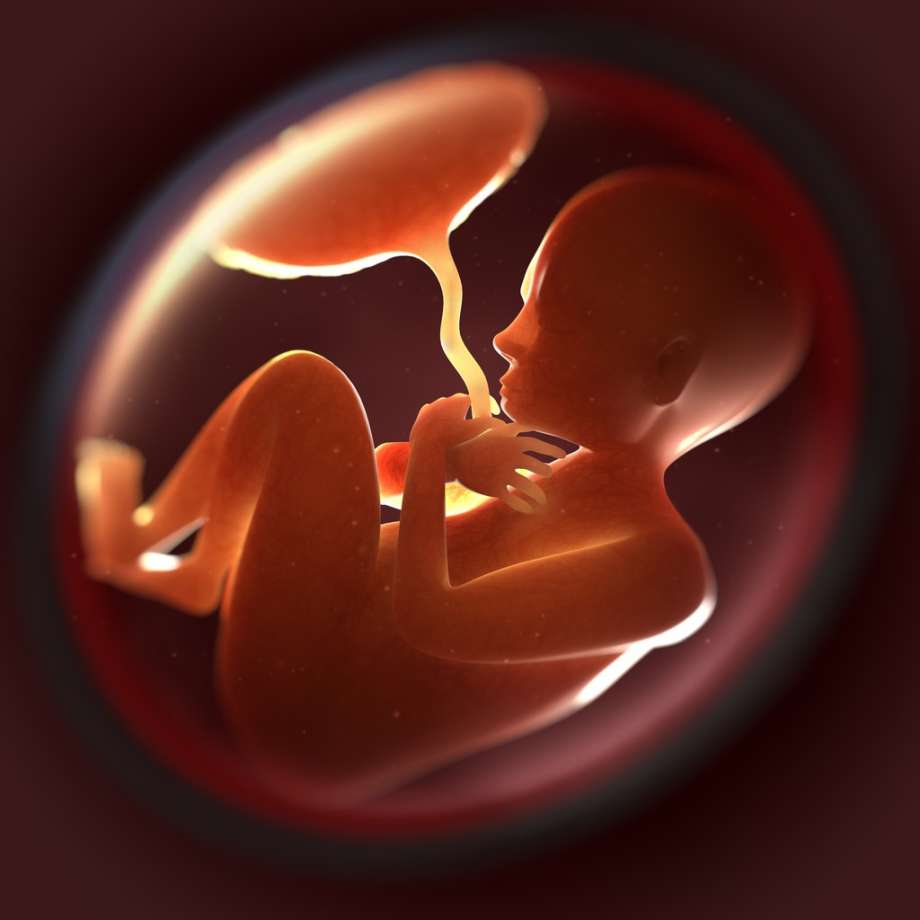Your Baby's Life Support System

In this article, you will find:
How the placenta develops
The placenta forms from cells in the embryo shortly after the egg implants in the lining of the uterus. Early placental growth is rapid, and at the beginning of the first trimester, the placenta is larger than the baby. However, the baby's growth catches up by 16 weeks, and by the end of pregnancy the baby is almost six times heavier. The final weight of the placenta is between 12 oz (350 g) and 1 lb 5 oz (600 g). Once its structure is complete at the end of the first trimester, it takes on many important functions for the rest of the pregnancy (see How substances are exchanged in the placenta).
Growth after the first trimester
The placenta grows throughout the second trimester. By the third trimester, growth slows, but placental efficiency continually improves as extra villi (through which substances are exchanged; see How substances are exchanged in the placenta) grow and increase the available surface area of the placenta by nearly fourfold. Cell layers also become thinner so that substances can be exchanged efficiently.
Placental blood flow is massive and many of the changes in your circulation are designed to meet its needs. By term, a tenfold increase in placental blood supply results in a fifth of your circulation supplying the placenta with up to half a liter of blood (almost a pint) each minute.
The aging placenta
The placenta ages towards the end of pregnancy, especially after 40 weeks. However, at least 60-80 percent of its function would need to be lost before there were any signs of problems with blood flow in the umbilical cord.
